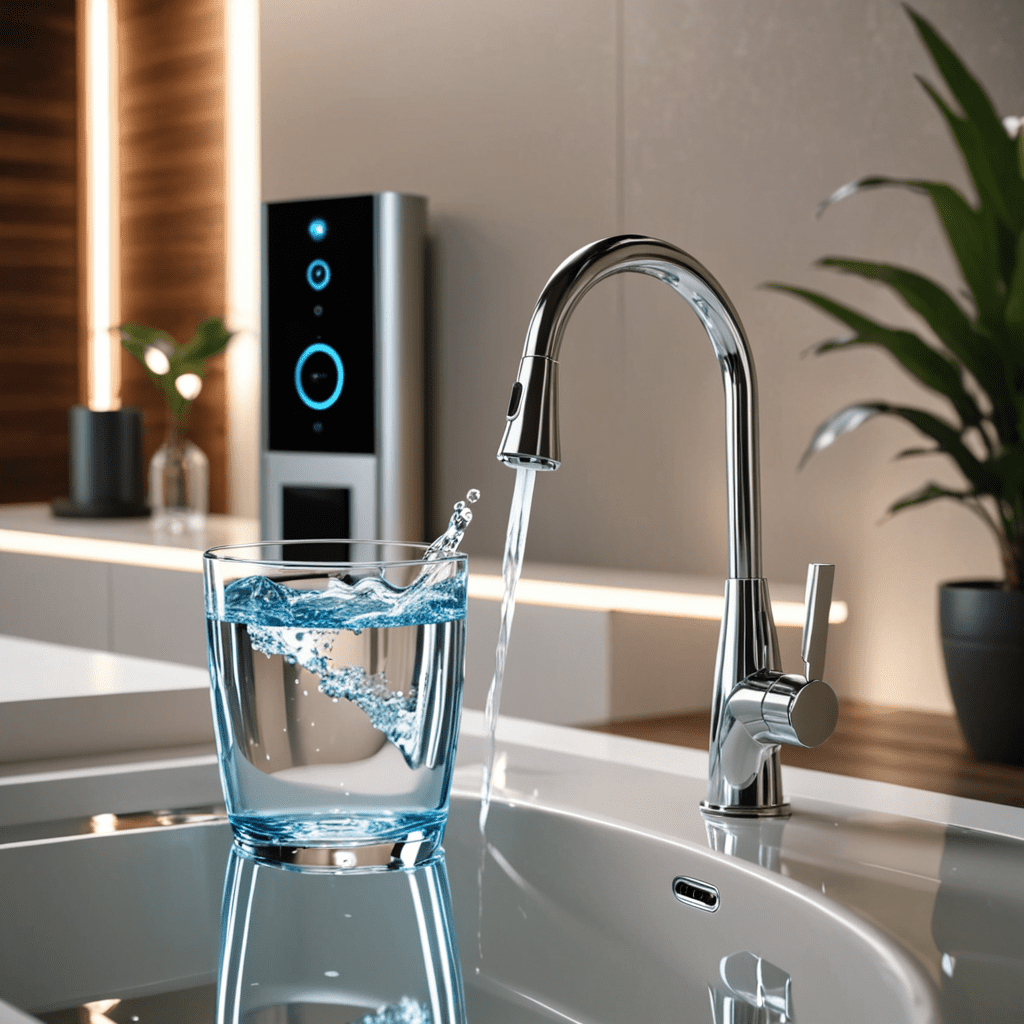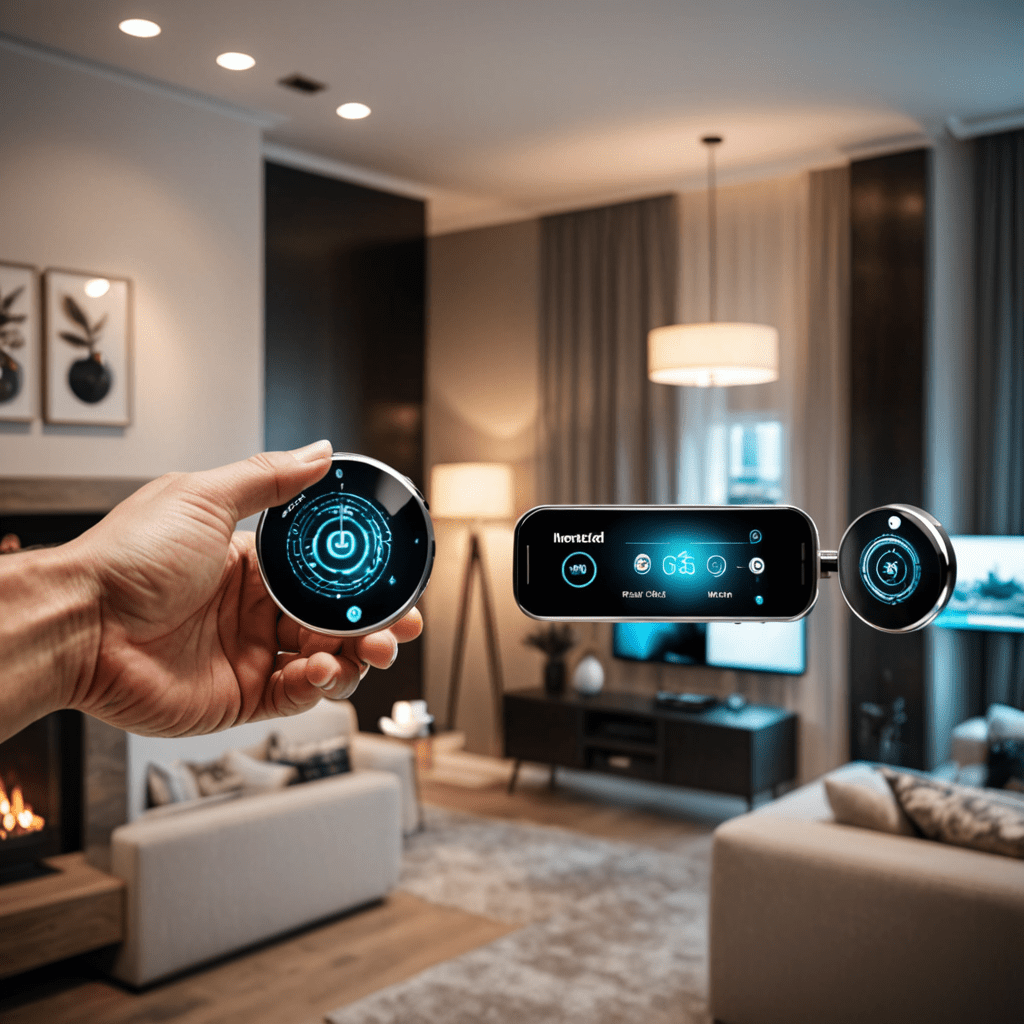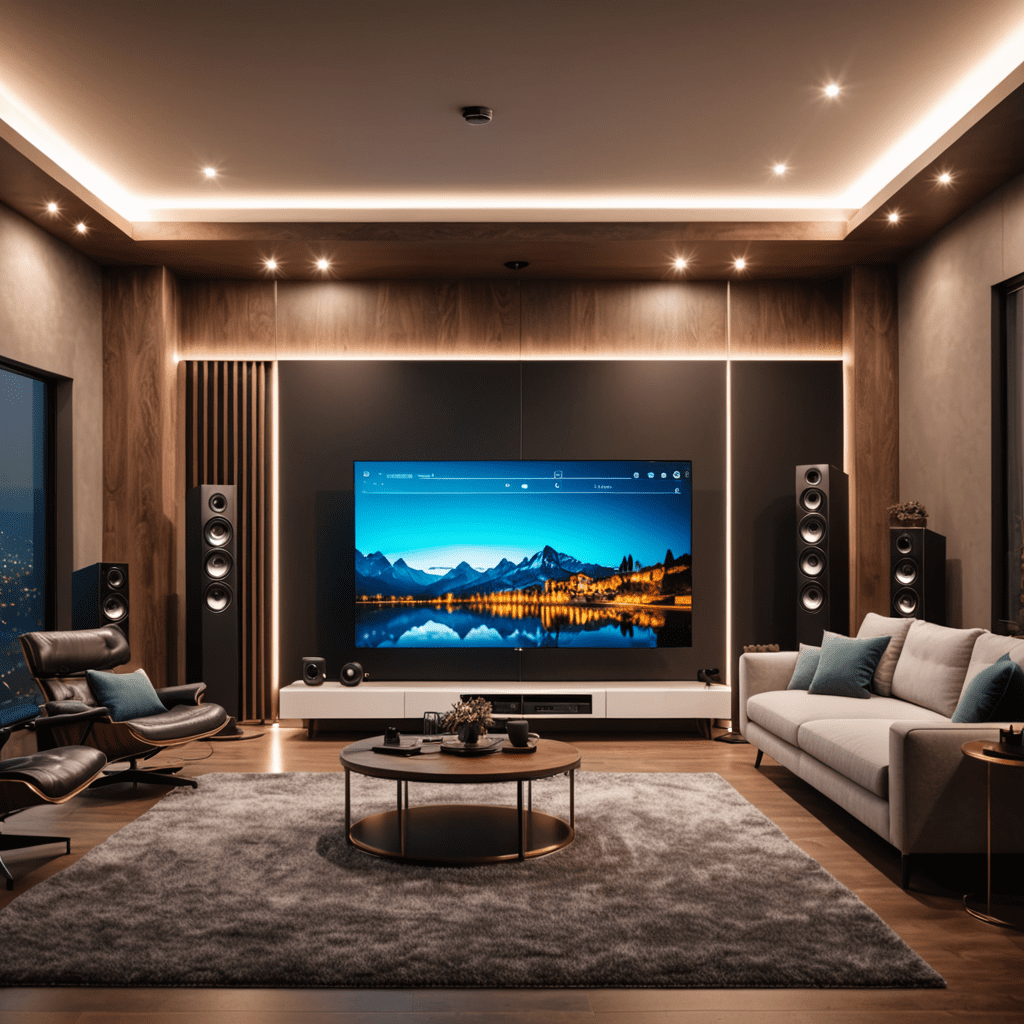
Smart Home Devices for Water Conservation
Introduction
In today’s era of smart technology, various devices are revolutionizing how we conserve resources in our homes. One of the critical areas of focus is water conservation. Smart home devices offer innovative solutions to monitor and manage water usage efficiently. Let’s explore some of the top devices that can help reduce water wastage in your household.
Smart Water Monitoring Systems
Smart water monitoring systems provide real-time data on water consumption, leaks, and usage patterns in your home. These devices can detect abnormal water flow and alert you to potential leaks, helping you address issues promptly and prevent water waste. By analyzing your water usage trends, you can make informed decisions to minimize wastage and promote conservation.
Smart Irrigation Controllers
Smart irrigation controllers use weather data and soil moisture levels to optimize watering schedules for your garden or lawn. By adjusting watering times based on environmental conditions, these devices ensure that your plants receive the right amount of water, reducing unnecessary irrigation and conserving water resources. They also allow remote control via smartphone apps, making it convenient to manage your garden’s watering needs.
Low-Flow Showerheads and Faucet Aerators
Installing low-flow showerheads and faucet aerators is a simple yet effective way to reduce water usage in your home. These devices limit the flow of water without compromising water pressure, helping you save water with every use. By replacing traditional fixtures with water-efficient alternatives, you can cut down on water consumption while still enjoying a satisfying shower or handwashing experience.
Smart Leak Detection Devices
Smart leak detection devices use sensors to monitor water usage and detect leaks throughout your home. Whether it’s a dripping faucet, a burst pipe, or a malfunctioning appliance, these devices quickly identify potential sources of water wastage. By receiving instant alerts on your phone, you can take swift action to fix leaks and prevent water damage, ultimately promoting conservation and sustainability.
Greywater Recycling Systems
Greywater recycling systems collect and treat water from sources like sinks, showers, and laundry for reuse in activities such as flushing toilets or watering plants. By repurposing greywater within your household, you can significantly reduce your reliance on fresh water supplies for non-potable purposes. These systems play a vital role in conserving water and promoting eco-friendly practices in your daily routine.
Conclusion
Incorporating smart home devices for water conservation not only helps you save on utility bills but also contributes to environmental sustainability. By adopting these innovative technologies, you can monitor and manage your water usage efficiently, reduce waste, and make a positive impact on the environment. Consider integrating these devices into your home to promote water conservation and embrace a more eco-conscious lifestyle.
FAQs About Smart Home Devices for Water Conservation
What are smart home devices for water conservation?
Smart home devices for water conservation are technologically advanced tools that help homeowners reduce their water usage by automating and optimizing water-related tasks in the household.
How do smart home devices help conserve water?
Smart home devices use sensors and automation to monitor and control water usage, detect leaks, adjust water flow, and optimize irrigation systems, leading to more efficient water usage and reduced wastage.
What are some examples of smart home devices for water conservation?
Examples of smart home devices for water conservation include smart irrigation controllers, leak detection systems, smart water meters, and water-saving fixtures like smart faucets and showerheads.
Are smart home devices for water conservation easy to install and use?
Yes, smart home devices for water conservation are designed to be user-friendly and easy to install. Many devices can be easily integrated into existing plumbing systems and controlled through smartphone apps or smart home hubs.

